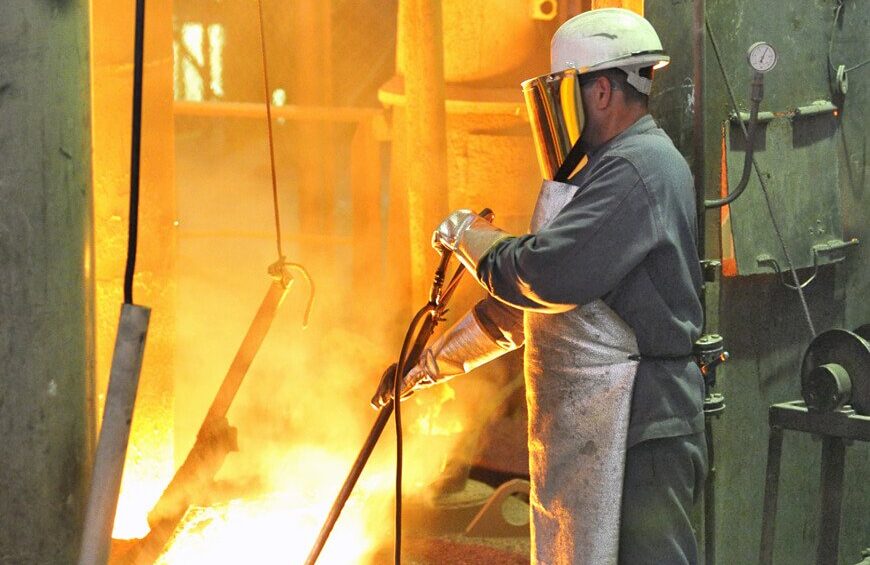Castings are produced in foundries all over the globe. Conditions vary country to country, and even foundry to foundry, but the industry as a whole experiences trends. The foundry industry is undergoing some important shifts that effect quality and cost for the end user. Foundry technologies have advanced over the years, and basic foundry operations have also evolved and diversified. The most dominant trends overall are scale, automation, and on-site finishing.
New furnaces are larger, safer, and more efficient than previous generations. This has allowed industry output to grow despite a continually shrinking number of North American foundries; despite having fewer foundries than India and Japan (see table), the United States has the second largest global output of cast metal at 12,250,000 metric tons. China far outstrips all competition with an annual production of over 44,500,000 metric tons.As you’re tapping, scrolling, and swiping on your phone, you probably don’t give much thought to the fact that your apps are consuming electricity — just that they’re chipping away at your battery life.
There is a growing demand for completely finished and ready to install parts. Foundries are changing to include more cleaning and machining capability.
The cost of raw materials, especially recycled scrap metals, has decreased, however the industry still struggles with margins due to rapidly rising labor costs. Rising labor costs are a major driver for automation – doubly so because the foundry is such a dangerous and uncomfortable work for humans. A breakthrough in foundry automation could mean decreased costs for automobile parts, train wheels, and any other mass-producible cast part.
Reliance Foundry stays at the forefront of the foundry industry to deliver the highest-quality custom castings, offering a wide variety of custom metal casting and fabrication sourcing services.
The truth, of course, is that these people have been lying to you all along.
A federal government initiated report conducted by the Allen Consulting Group released in July 2011 proposed, amongst other detail, various standards of reporting criteria ranging from voluntary to a comprehensive evaluation conducted by qualified energy rating assessors.




